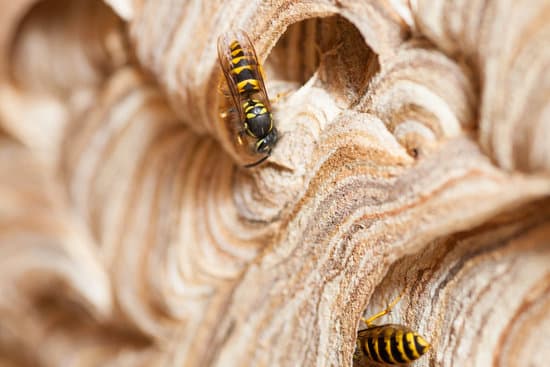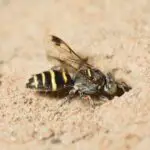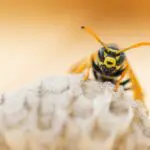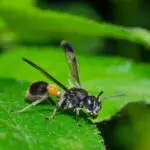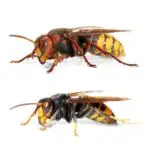How Hot Is Too Hot For Wasps?
Unlike honey bees, which can tolerate temperatures as high as 123 degrees Fahrenheit, wasps are not able to withstand temperatures above 114 degrees. Despite their reputation for being cute and friendly, wasps are not harmless creatures. The venom of a wasp is designed to paralyze its prey and ward off predators.
During hot weather, wasps will spread water over their nest to keep it cool. They also fan the nest to cool it down. However, when temperatures get too high, wasps abandon their nests.
In a study on wasps in Hawaii, biologists used an infrared beam to target the thoraxes of wasps. The wasps started fanning when the temperature reached 36.2 degrees Celsius. When temperatures reached 38.5 degrees Celsius, the mean temperature of the nest decreased slightly.
During hot days, the maximum temperature of the empty cells in the margin of the nest reached 49.9 degrees Celsius. When temperatures were lower, the maximum temperature of the cells in the nest margin reached 46.9 degrees Celsius.
A study by researchers at the University of California San Diego found that wasps and bees are warmer when they find protein-rich food. The warmer flight muscles help speed the insects’ trips home.
Wasps can be found in a variety of habitats. They live in tropical forests, deserts, and sheds. The majority of their nests are constructed in locations with little direct sunlight.
The nest was uncovered in the morning. When it was exposed to the sun, the temperature increased rapidly. The nest was heated for 13 minutes. The temperature then fell slightly, but it was not cold enough for the wasps to fly.
